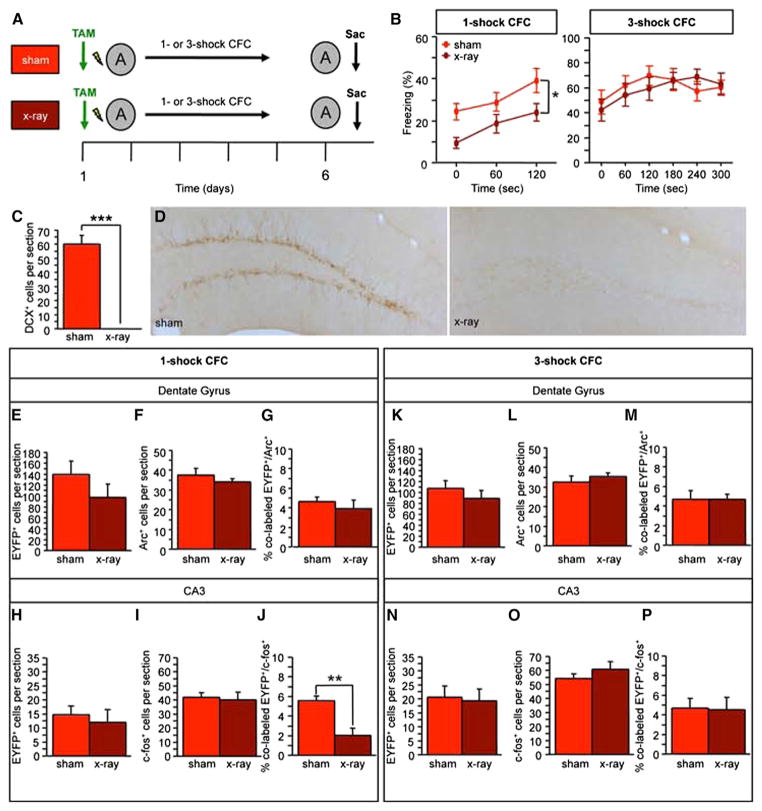Figure 6. The X-Irradiation Impairment in One-Shock CFC Is Paralleled by Decreased CA3 Reactivation, and Both Impairments Can be Rescued by Using a Three-Shock CFC Paradigm.
(A) Experimental design
(B) In one-shock CFC, context-elicited freezing was significantly reduced in x-irradiated mice (F(1,22) = 4.509, p < 0.05) (n = 11–13 mice per group). In three-shock CFC, context-elicited freezing was comparable in both groups (F(1,25) = 1.063, p = 0.31) (n = 13–14 mice per group).
(C and D) The number of DCX+ cells was significantly reduced in x-irradiated mice.
(E and F) In the one-shock CFC cohort, (E) the number of EYFP+ and (F) Arc+ DG cells was similar.
(G) Both groups had a comparable percent of colabeled EYFP+/Arc+ cells.
(H and I) The number of (H) EYFP+ and (I) c-fos+ CA3 cells was similar.
(J) X-irradiated mice had a significantly smaller percent of colabeled EYFP+/c-fos+ CA3 cells (p < 0.01).
(K–M) In the three-shock CFC cohort, (K) the number of EYFP+ and (L) Arc+ cells and (M) the percent of colabeled EYFP+/Arc+ DG cells did not differ between the groups.
(N–P) In CA3, the number of (N) EYFP+ and (O) c-fos+ cells and (P) the percent of colabeled EYFP+/c-fos+ cells did not differ between the groups. Error bars represent ± SEM.

